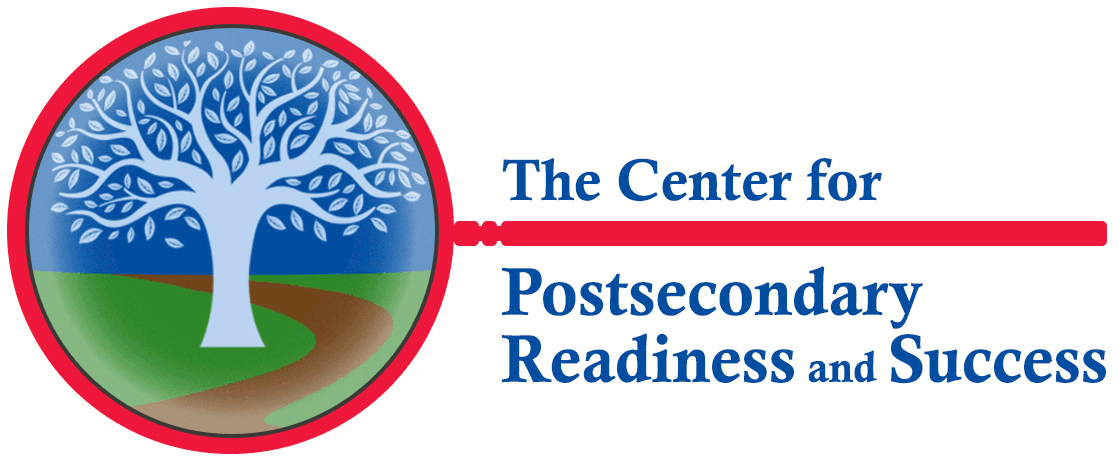ScholarWorks > WMU > JCA > Vol. 5 (2020) > Iss. 2
Abstract
Making college access and success more equitable at a national scale requires alternatives to intensive in-person modes of pre-college advising. Text-message advising campaigns are a promising intervention model for delivering college application and financial aid assistance affordably to large populations of college-intending, low-income students. College outcome results from a recent series of very large text-message programs have been disappointing however. Going inside the black box of text-message advising to understand why and how students engage in text-messaging programs can help explain program effects and inform the design of future virtual-advising programs. This study uses text mining techniques to investigate the content of 342,000 student text messages from a national text-message advising program. In the program under study, over 30,000 college-intending students from 745 high schools received two-way college advising for 15 months via text messaging with professional advisors. Data mining of the student text messages indicated that students needed substantial individualized assistance and that they used texting primarily for navigating discrete tasks related to testing, applications, and financial aid. In addition to providing substantive findings about college access advising, the study method illustrates how big data tools can extract meaning from large bodies of unstructured text like those generated by the growing number of text-message educational interventions.
Recommended Citation
Arnold, Karen D.; Owen, Laura; and Lewis, Jonathan
(2020)
"Inside the Black Box of Text-Message College Advising,"
Journal of College Access: Vol. 5:
Iss.
2, Article 5.
Available at:
https://scholarworks.wmich.edu/jca/vol5/iss2/5


